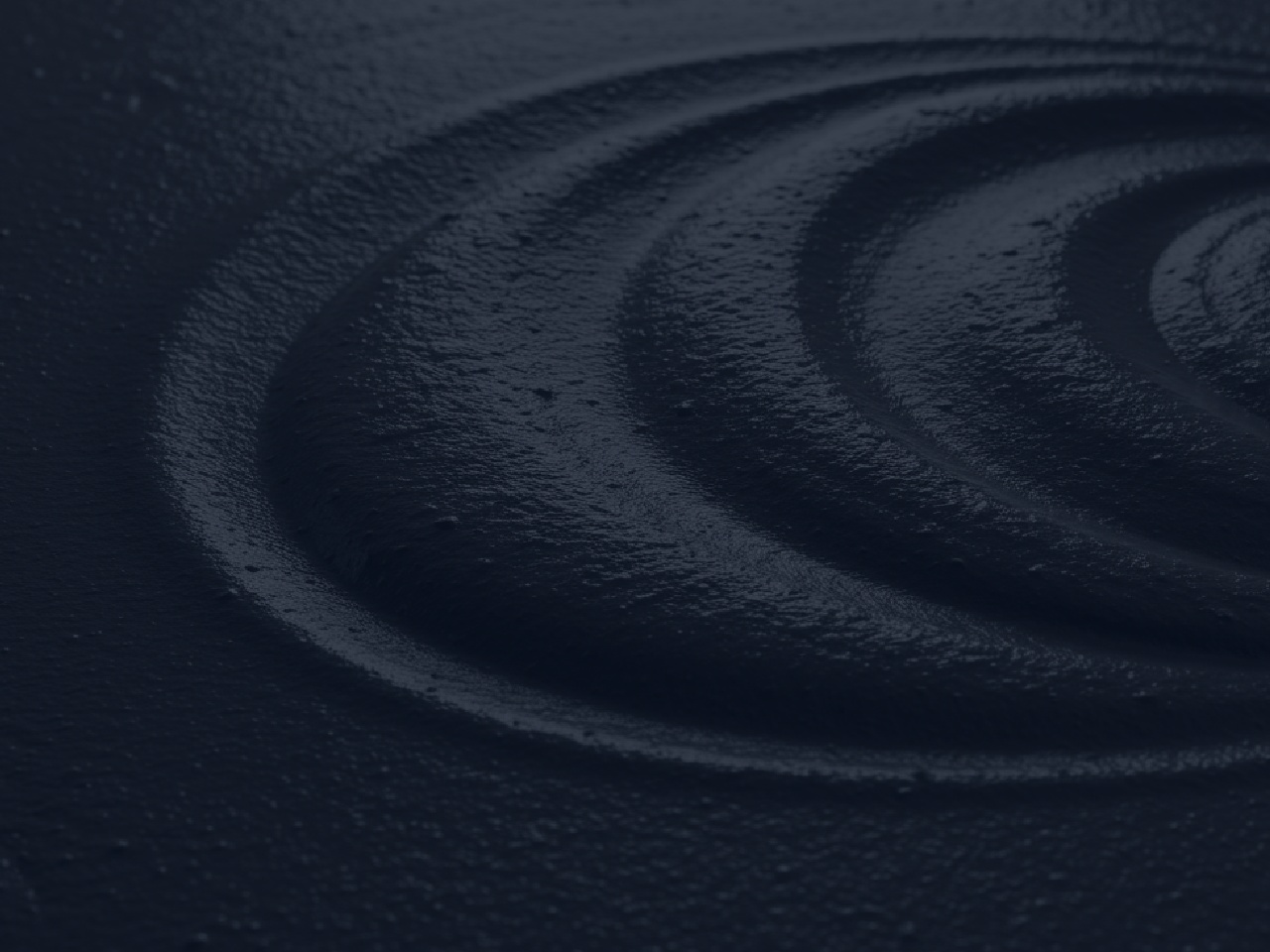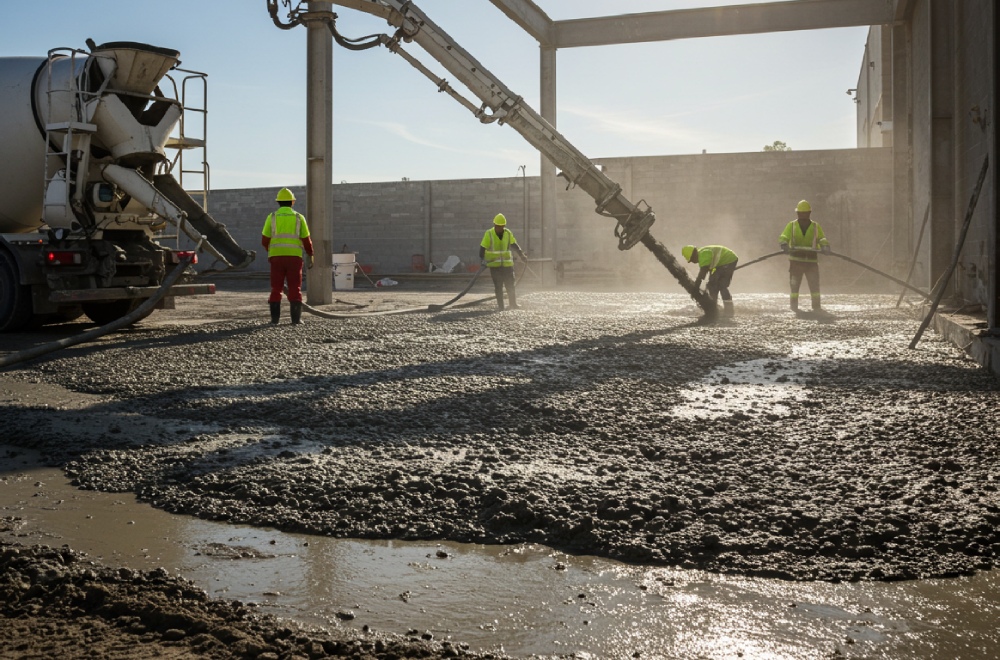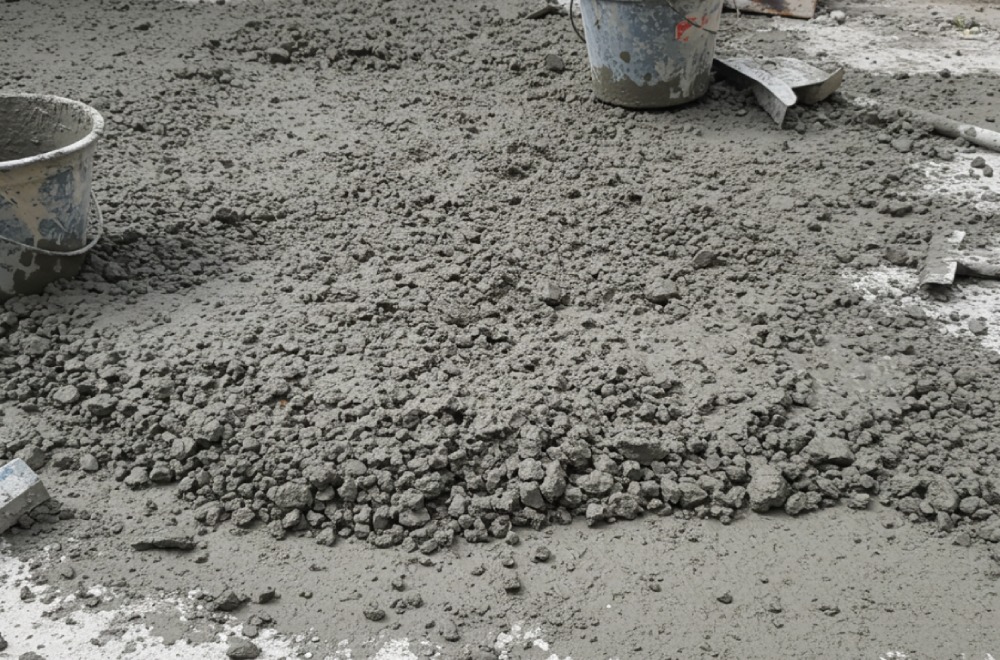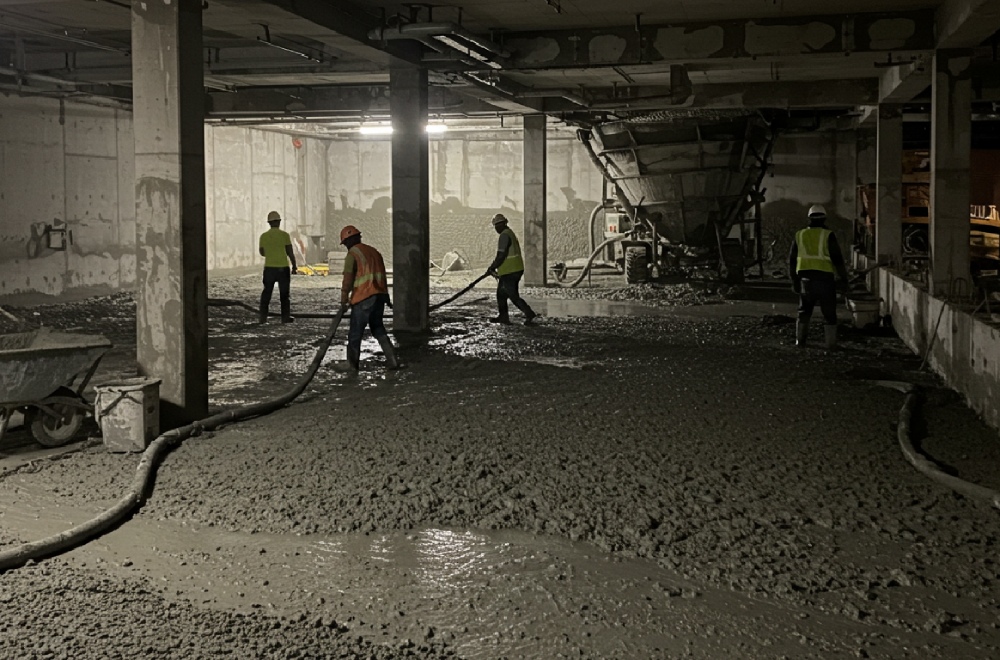Concrete Waste and Slurry Control

CONCRETE WASTE AND SLURRY CONTROL
It’s illegal to dispose of concrete waste and slurry through New Zealand’s stormwater systems.
The team at Aqua Dig can effectively manage your concrete waste and slurry, whether you’re on a residential or commercial site. We use specialised equipment that prevents spills and allows us to dispose of your waste correctly.
Control and manage your concrete waste and slurry!
So, if you’re doing any work or renovations involving concrete, you need to have slurry and wastewater controls in place before commencing. This usually involves hiring a professional to manage the waste.

INDUSTRIAL SLURRY CONTROL & DRILL SLURRY MANAGEMENT
At Aqua Dig, we specialize in large-scale slurry control and drill slurry management for major infrastructure, construction, and industrial projects. Our advanced vacuum loading and dewatering systems efficiently handle drill mud, concrete slurry, and excavation waste, ensuring environmental compliance and minimal site disruption.
Whether you’re working on civil construction, tunneling, piling, or horizontal directional drilling (HDD), our team has the expertise and high-capacity equipment to manage slurry disposal effectively.
We provide on-site containment, removal, and environmentally responsible disposal, keeping your project running smoothly and safely. For large-scale slurry control solutions across Auckland, partner with Aqua Dig—your trusted experts in waste and fluid management.

RESIDENTIAL SLURRY CONTROL & DRILL SLURRY MANAGEMENT SERVICES
At Aqua Dig, we provide professional slurry control and drill slurry management services for construction, drilling, and civil engineering projects.
Managing drill slurry is essential to prevent environmental contamination, maintain site safety, and ensure efficient project operations.
Our team utilizes specialized vacuum loading and waste disposal equipment to safely collect, transport, and dispose of slurry in compliance with environmental regulations.
-
1
USE A PRO
Hire a professional to manage the disposal of your concrete waste and slurry. The consequence of incorrectly managing the waste yourself can result in a large fine.
-
2
DON’T POUR WASTE DOWN THE DRAIN
Avoid emptying your concrete waste or slurry into the drains of the stormwater systems. Doing this is toxic for our environment, as all the drains lead to our oceans and can harm marine life.
-
3
DON’T TRY TO DILUTE THE CONCRETE WASTE
Never try to dilute concrete waste or slurry. It takes over 100,000 litres of fresh water to dilute only one bucket. This is why it is best to call in a professional for correct management.
-
4
DON’T LET THE CONCRETE WASTE SET
If you’ve left organising your concrete waste disposal to the last minute, try sweeping or shovelling the slurry into a pile for disposal. Don’t leave it to the point where it sets.

WHY CONCRETE RUNOFF IS TOXIC FOR THE ENVIRONMENT
The disposal of concrete waste or slurry into our stormwater systems creates a highly toxic environment that can damage our fragile aquatic ecosystems.
The biggest component of cement is lime, which can be found in all concrete products.
When lime in cement dissolves in water it produces an alkaline solution that can kill insects, fish, and plants.
Concrete waste and slurry also contain toxic metals that have a high pH level of around 12.
The safe pH level for an aquatic life habitat is between 6.5 and 9.
Adam and the team were the exact guys we needed because they knew exactly how to manage and take care of our concrete waste effectively. They turned up on time and were quick to get the job finished easily.
MARK
Homeowner
Herne Bay
Before a visit from Auckland Council, I was unaware about the rules around concrete waste. Thankfully I discovered Aqua Dig online and after a quick phone call the team came in to dispose of my concrete waste safely. The guys were very knowledgeable and took the hassle and stress out of my hands.
JOHN
Homeowner
East Tamaki
-
Under the Resource Management Act 1991 it is illegal for any substance to be discharged into natural water, stormwater systems, or the land.
-
Incorrect disposal of concrete waste or slurry into drains or onto land can result in fines up to $60,000, abatement notices, or prosecution.